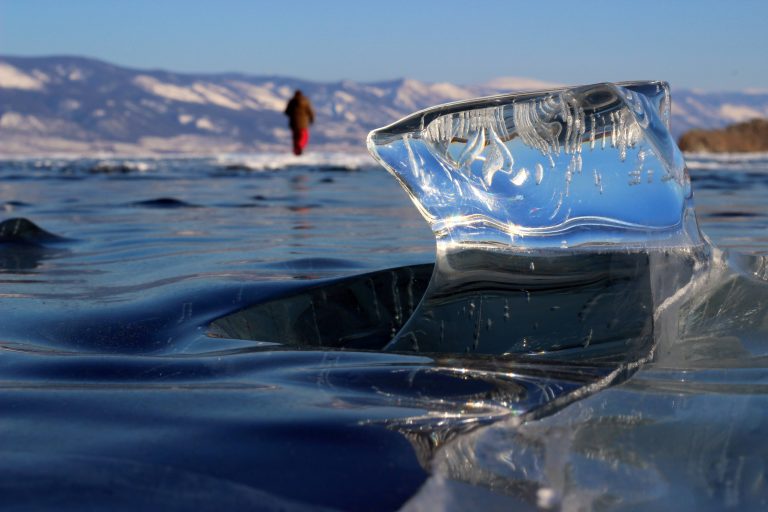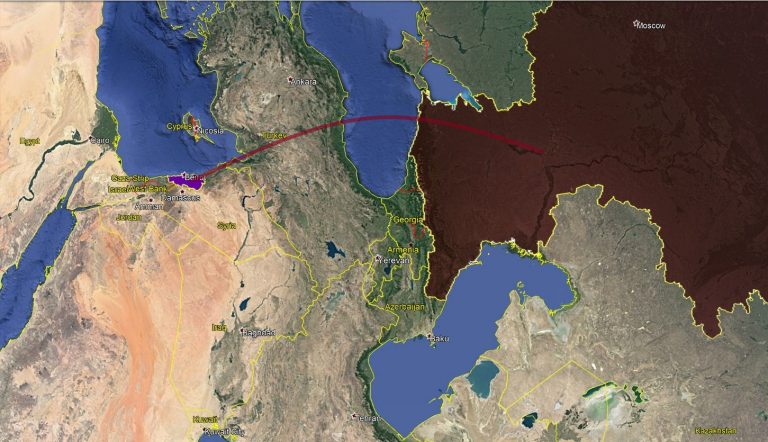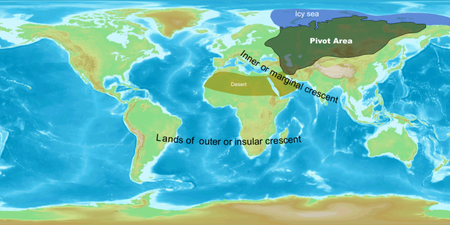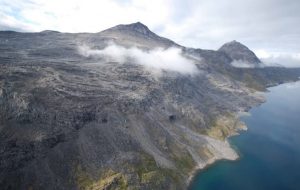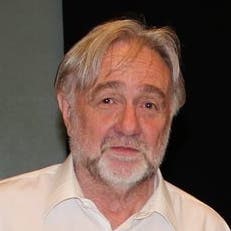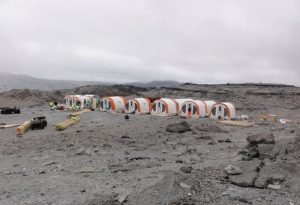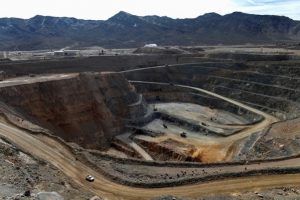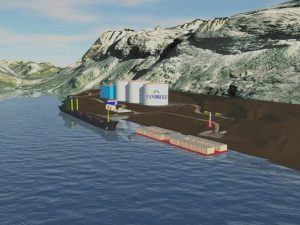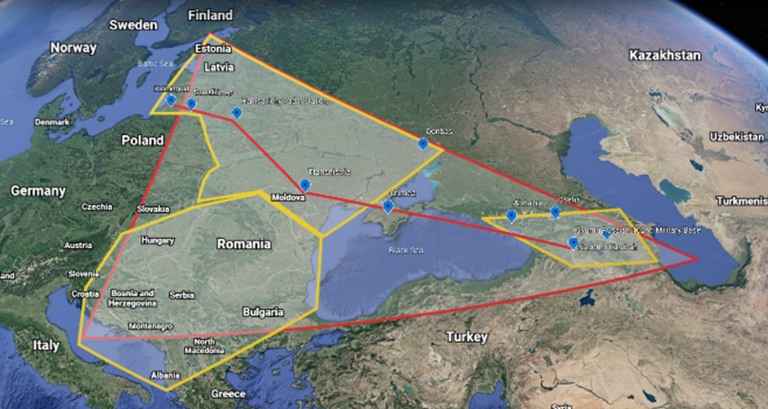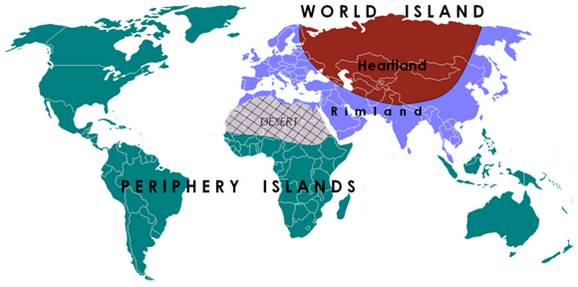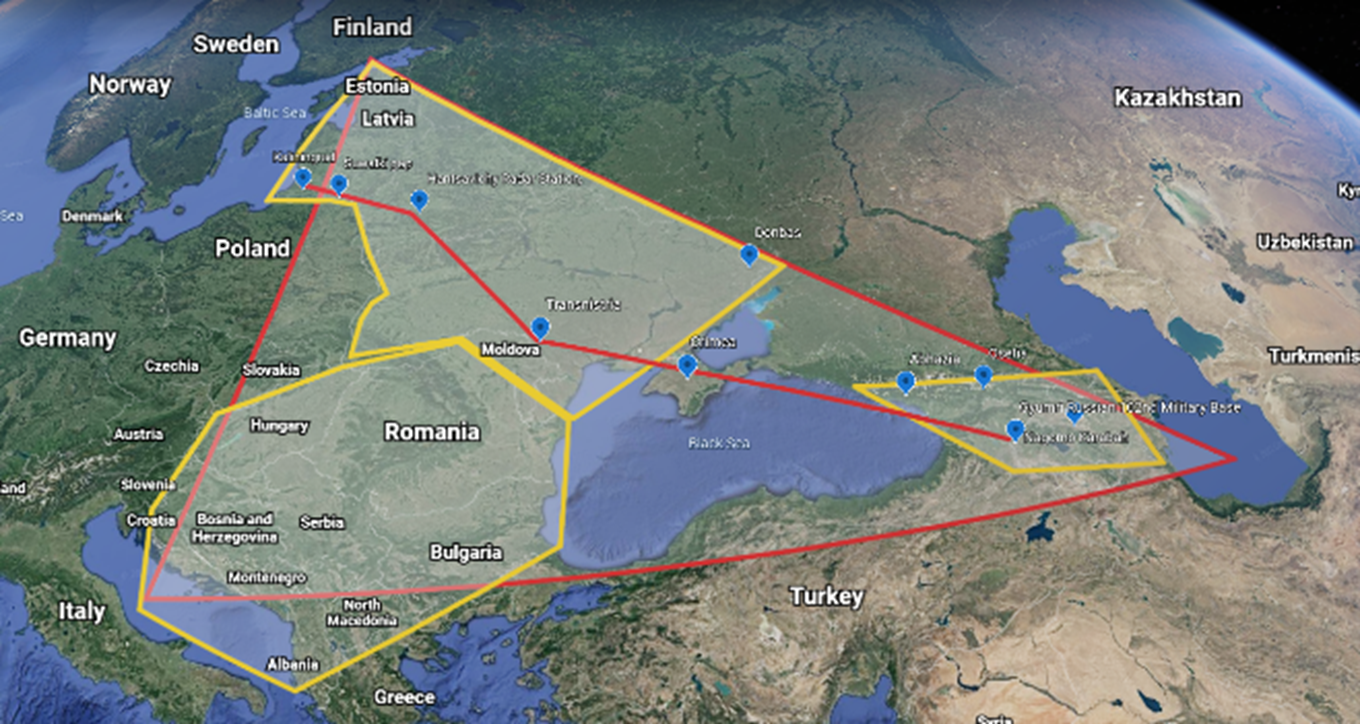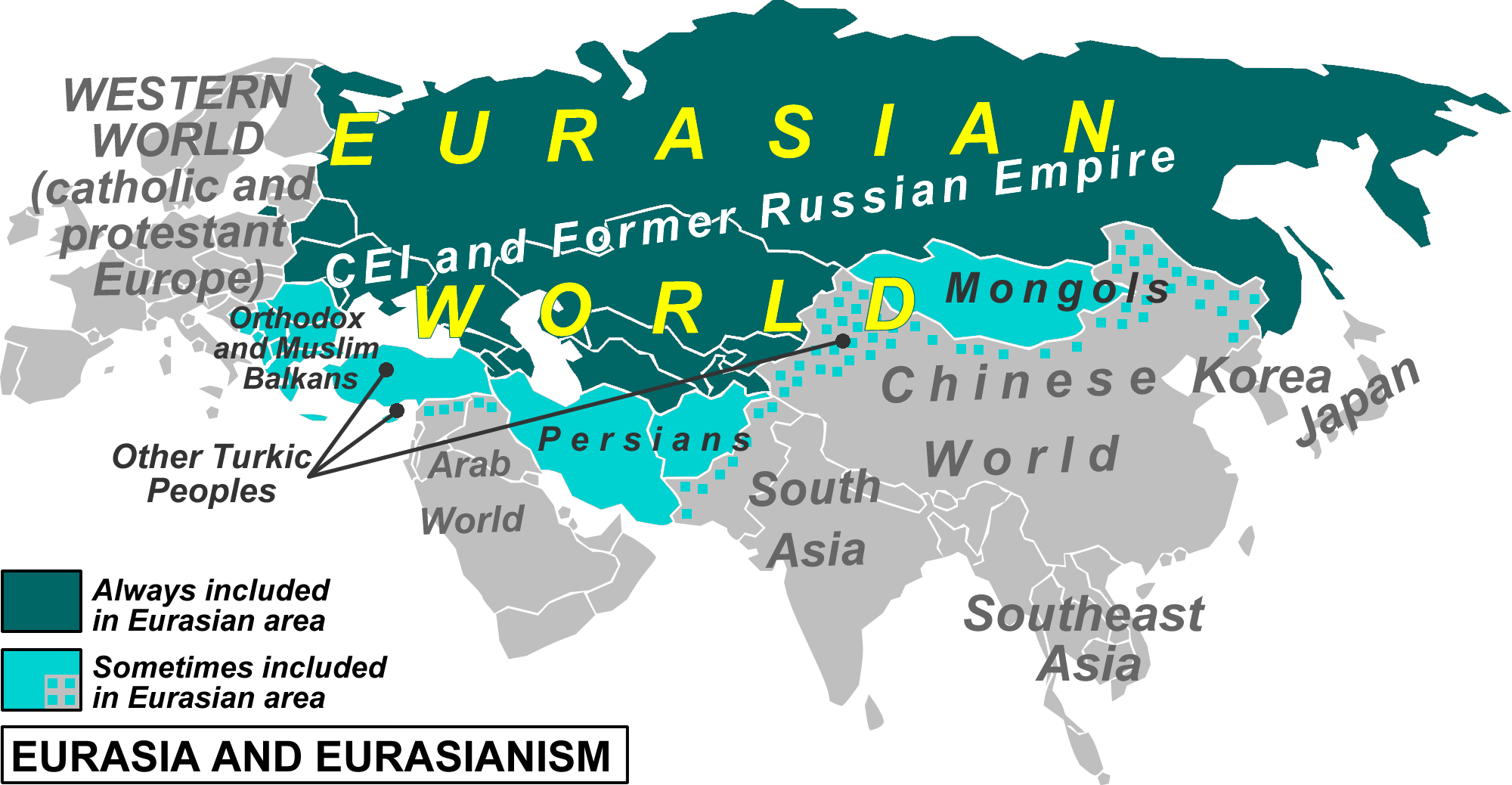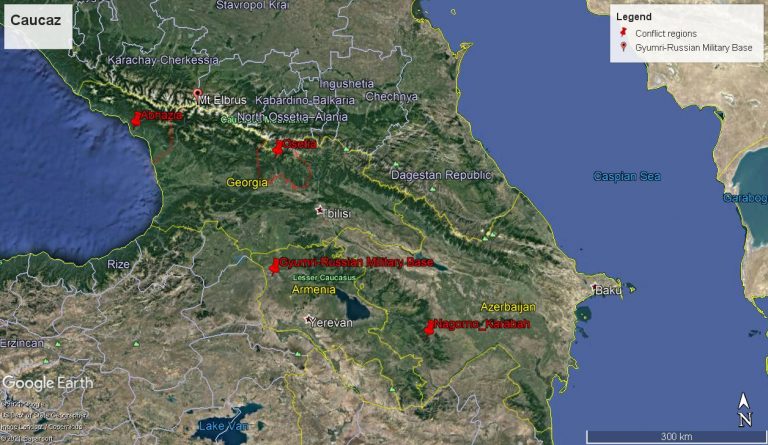In recent years Russia seems to take climate change more seriously. It introduced the climate change problem in National Security Strategy stating that it has negative effects for human life. President Putin also at the leaders’ summit on climate issues in April 2021 once again stressed that the fate of our planet, the development prospects of each country, the well-being and quality of life of people largely depend on the success of efforts on climate change. There are plans to create a national green certificate system (that is tested now in Sahalin) and to introduce a scheme to finance green and sustainable projects. Russian government plans to create a working group to explore options for adapting to global energy transition. And business representatives such as VEB vice-president are advocating for changes that are in line with EU goals stating that although costly the measures to make Russia’s economy greener will benefit the Russians in the end. But the question is how genuine those concerns are for Russia, what priority climate change has for the Kremlin and how ambitious the Russian climate agenda is.
Although expressing concerns over climate change, the Russian government in documents like Energy Strategy 2035 is expressing its ambition to increase the production and export of Russia oil and gas. Coal is also seen as a viable solution for export, especially in Asia. In line with this assessment Russia is investing in railroad extensions (Trans-Sib and BAM) to be able to export more coal. Not only that the Russian is investing and promoting hydrocarbon production but it is doing so in arctic sanctuaries, just recently Novatek an oil&gas firm manage to change boundaries of a protected area in order to access resources in Yamal. So, it can be said that Russia recognized the change that climate initiatives can bring to world energy system but it tries to sell as much hydrocarbons as it can in the energy transition period. In addition, is worth mentioning that in 2020 export of hydrocarbons represented: 44.6% of all Russian exports, 28% of Russian budget and 15.8% of its GDP. The government sees the oil and gas sector as a factor of stability and pursued a raw material export model from the moment when President Putin came to power, increasing the state’s role in a domain characterized of a strategic importance. So even dough at the declaratory level Russia’s position has changed in fact the role of hydrocarbons remained predominant to the economy and still there is no statement about when this model will end.
In order to assess the priority that is given to climate change by Russia is enough to look at the National Security Strategy from 2021. In it the strategy priority is clearly given to hard security issues, economic issues and climate change is just mentioned without too much emphases. Russia has an “adaptive” approach to climate change meaning that the state will have to be able to deal with its effects (fires, floods, infrastructure deterioration) but does not tackle the causes, so a reactive model. Russia adopted a pragmatic approach because the risks associated with green reforms are greater for a conservative/averse to change Russia than the benefits of implementing a more ambitious climate agenda. Russia greenhouse gas emissions are lower than in 1990s but started to rise and as experts from the Analytical Center for the Fuel and Energy Sector of the Russian Ministry of Energy and the Situation Center remark this will pose a challenge to Russia’s image as a climate-responsible country. Russia seems to be more preoccupied by its image, and we can see this in Climate Change Performance Index (CCPI) where Russia occupied in 2020 the same 52 position as in 2021 with no change. Due to its image concerns we ca say that external pressure will play a role in elevating the climate issues higher on Moscow’s policy agenda. Another factor that may encourage Russia to act against climate change is the facts on the ground. In the past Russia used to count the positive aspects of climate change (decreasing cost for heating, the utilization of Arctic route for transport, more arable land) and the negative aspects (fires, floods and infrastructure damage) concluding that Russia has a large and diverse territory and the zones affected by climate change are less populated so it can face climate change rather well. But in recent year the fires were far more violent affecting populated areas, permafrost melted and several incidents where oil infrastructure was damaged effected the arctic environment with oil spills in rivers. All these environmental incidents caused popular concern and Putin personally intervened to calm the population and punish an oligarch for environmental damage. Internal pressure from green NGOs and concerned population is another factor that may push the government to act on climate. But the most effective incentive for change seems to be the proposed EU carbon border tax (CBAM) that is estimated will cost Russia 2.2 billion/year. Companies already are taking measures to reduce their emissions or to reorganize their business to mitigate as much as possible this tax. The Russian aluminum producers Rusal is going to split its operation and will create a company that will produce aluminum with low emissions that will export to EU market. So climate actions and pledges to reach net-zero taken by EU and China create a bottom up effect in Russia forcing energy exporters to take measures to adapt.
Russia climate agenda ambitions are in accordance with Paris Agreement goals. But its most important trading partner EU has a more ambitus goals aiming to reach net-zero emissions by 2050. China also (another neighbor of Russia) has stated to reach net-zero by 2060. Faced with neighbors that are aiming for net-zero Russia is pushed to aim for a reduction in emissions in order to save face and not risking to damage its image. But as mentioned by deputy chairman of government and former energy minister Alexander Novak, Russia will start with measures that are more suitable for its economy and the low hanging fruit its energy efficiency. The soviet and post-soviet model was an economy energy intensive that used abundant resources. Russia pledged to increase its energy efficiency by 30% compared to 1997. But although those measures can reduce emissions it would still not be enough and in the end coal generation and the use of hydrocarbons will have to be reduced, but Russia did not pledge to a net-zero future. The country has the potential to increase its nuclear, renewable, and hydroelectric potential and replace hydrocarbons, but to do that a political decision is needed. Oil and gas sectors were the most profitable economic sectors that created oligarchs and powerful networks in the last 30 years that have great influence on political decisions, so it is less likely that a net-zero pledge will be made by Russia as long as those networks will have a lot to lose and there is no higher gain for them in a net-zero world. Russia’s climate ambitions are framed by its resource exporting economic model and until this model is not changed those ambitions will be lower than of EU, US or Chinese ones.
So, what the west could to is to acknowledge that a change in attitude towards climate change started in Russia due to effects of climate change on Russian territory and international initiative to move towards net-zero taken by EU and China. But Russia still needs to act and raise its ambitions and put climate action higher on the political agenda. What EU can do is to enhance its dialogue with Russia on climate issues, use the commitments that Russia already made to put pressure to act on those promises. Work with private sector in Russia to start a bottom-up climate initiative and rewards Russian companies that are reducing their greenhouse gas emissions. Elaborate partnerships with Russian companies that want to develop green technologies. It is worth considering an Eurasian Green Summit with the participation of EU, Russia and China that will discuss climate issues on the Eurasian continent. In such a format Russia will face its most important buyers that pledged to reach net-zero. Least but not last to EU should monitor under the Green Deal framework Russia’s energy producer greenhouse gas emissions this will help EU to set a proper CBAM enforcement and also to distinguish between rhetorical pirouettes that Russian officials make and actual deeds.



